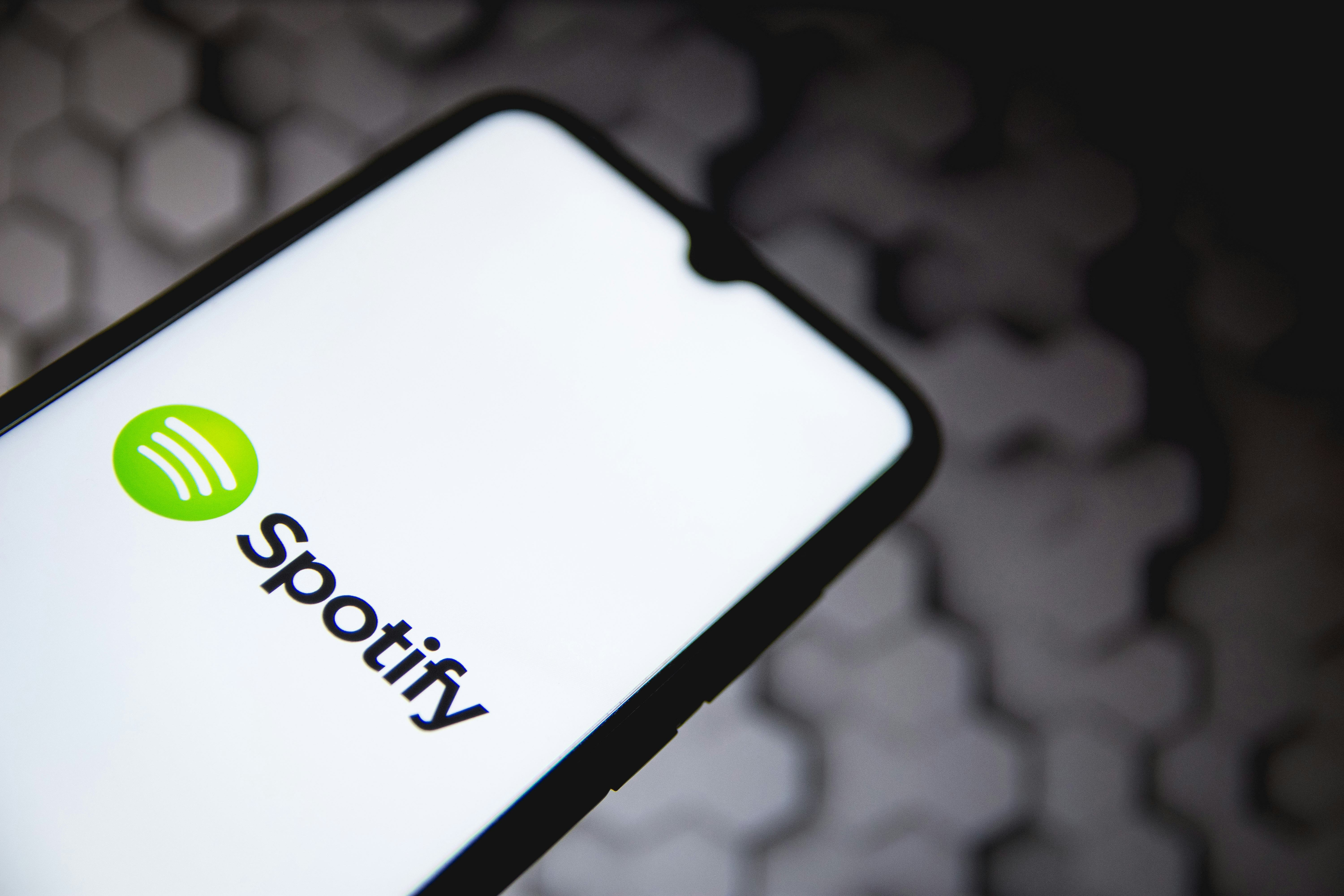
Even if you’re not really into Astrology and haven’t been to a dinner party in over a year (or, like, a decade), Spotify has you covered with the announcement of a version of its “Wrapped” in-app feature that you can access before the year is up. Giving users new playlists and visualizations to show off their taste, Spotify’s “#OnlyYou” is introducing a host of personalized experiences, from playlists based on your dream dinner guests (I chose Barbara Streisand, Stephen Sondheim, and Lady Gaga) to ones based on what kinds of music you listen to depending on the day.
The stars have really aligned for one feature in particular: the Audio Birth Chart, which organizes your favorite artists based on your Sun (“the top artist you listened to over the last six months”), Moon (“an artist you listen to that best shows your emotional or vulnerable side”), and Rising (“an artist you’ve recently connected with”). I got Britney Spears, Radiohead frontman Jonny Greenwood, and…. John Williams?
As it is June, it is also Pride Month, and Astrology is a fairly big part of queer culture. I know because queer people keep asking me what my sign is.
Even if it’s unintentional, this seems to be a more sincere engagement with how LGBTQ+ people engage with music and, more importantly, one another. “In its penetration into our shared lexicon, astrology is a little like psychoanalysis once was. At mid-century, you might have heard talk of id, ego, or superego at a party; now it’s common to hear someone explain herself by way of sun, moon, and rising signs,” wrote Christine Smallwood in the New Yorker in 2019. But its impact in queer circles has been especially of note, with the rise of astrology meme accounts and astrology themed queer bars, like Mood Ring in Brooklyn. Speaking with Jeffrey Masters, astrologist Chani Nichols explains, “[Queer people] need alternative ways of seeing ourselves or being witnessed. When a lot of the religious institutions or traditions that we come from have shunned us, on a deep soul level, we want to be seen. And when we grew up in a culture that doesn't see us, that doesn't witness our gender, that makes us invisible, that makes us into something that we're not, we need ways of being reflected that feel true.”
Much of the conversation around astrology and how people are able to interpret their lives using it as a tool feels similar to how people work through and process their emotions through music, whether making it or consuming it. Spotify’s Audio Birth Chart visualization gives a picture (literally) of how music informs their sense of identity, whether on a humorous level or a more earnest one. As more people continue to share their results, there’s a real chance of connecting with others not only based on taste but on the exploratory aspects of the feature, what you’re only recently familiar with and jamming to.
Though its accuracy may be a little bit of a hitch (and, frankly, this just goes deeper into Spotify’s moves to transform data mining into user-motivated advertising), there’s a delight to finding the artists and music you’ve connected to recently. Even if what comes up on your Audio Birth Chart isn’t necessarily a completely exact portrait of what your tastes are (again, I say, John Williams???), or your personality or essence, it does tell us about how we use technology and music as a form of self-determination. What can #OnlyYou tell me about myself that I don’t know, what can be unearthed from my digital habits? The answer may (or may not) be written in the stars.







